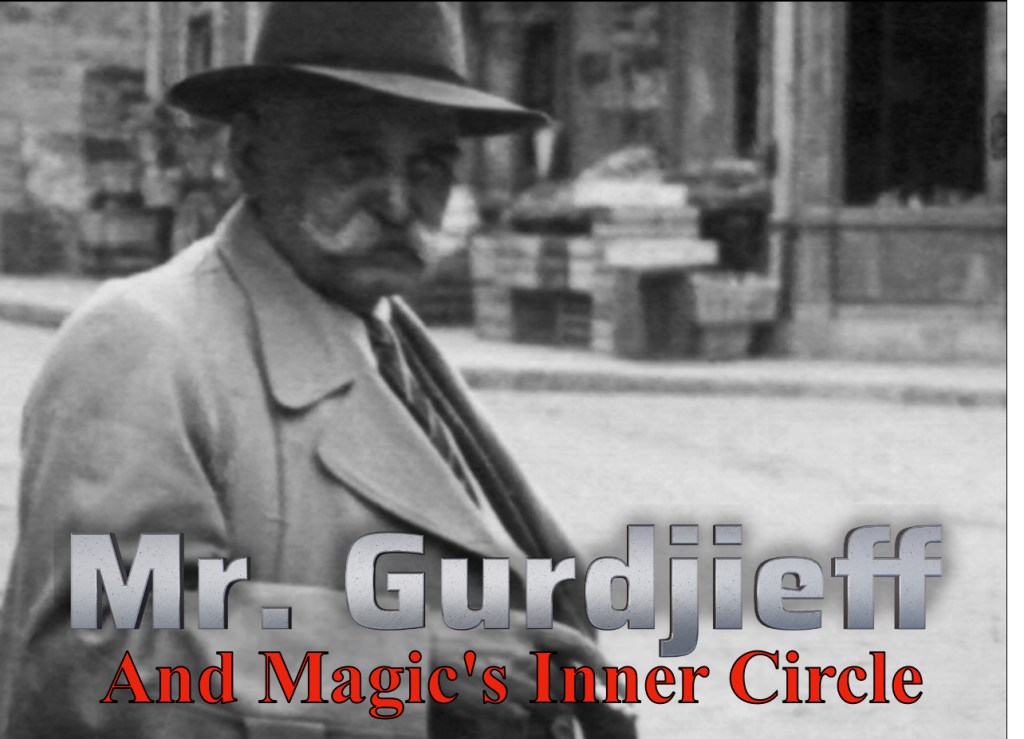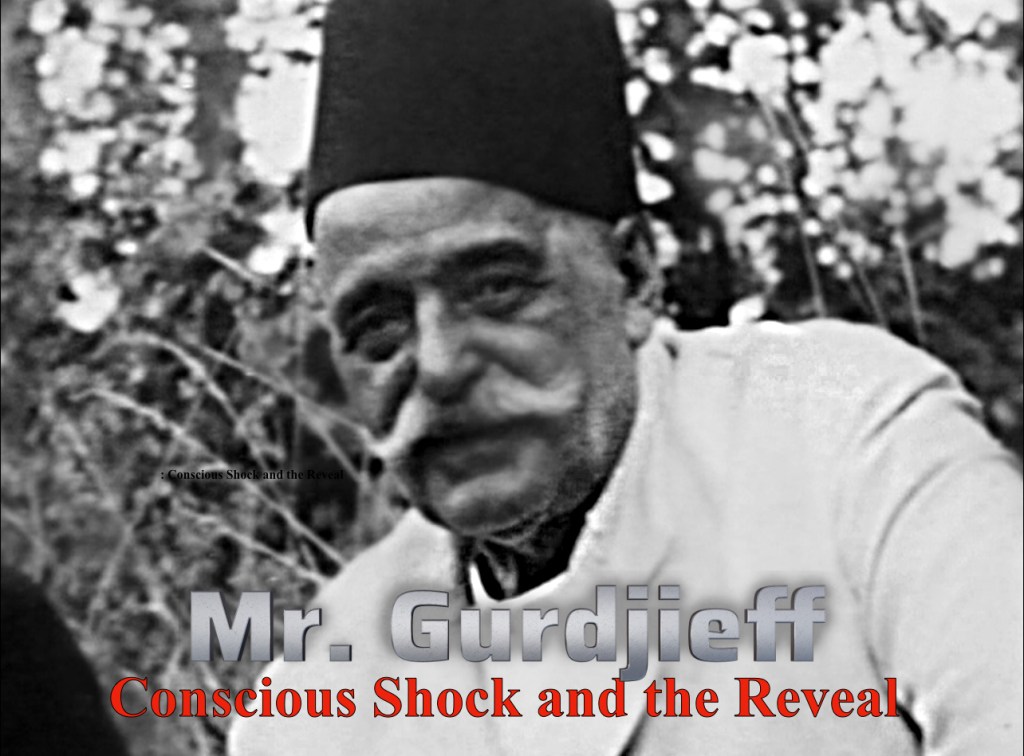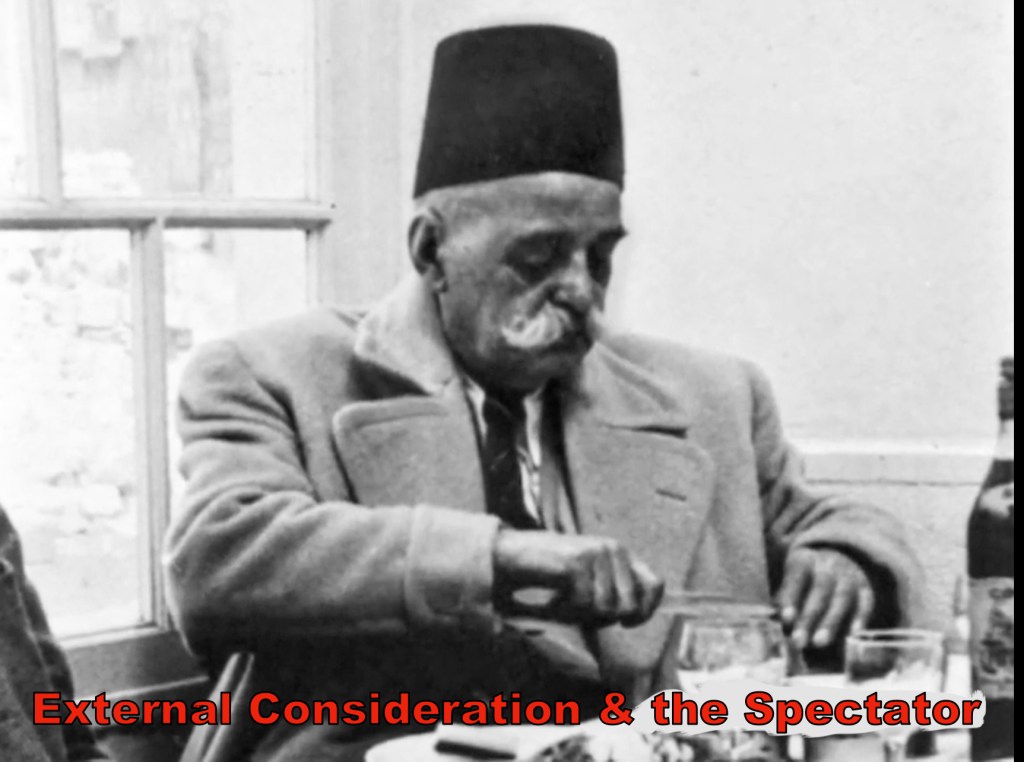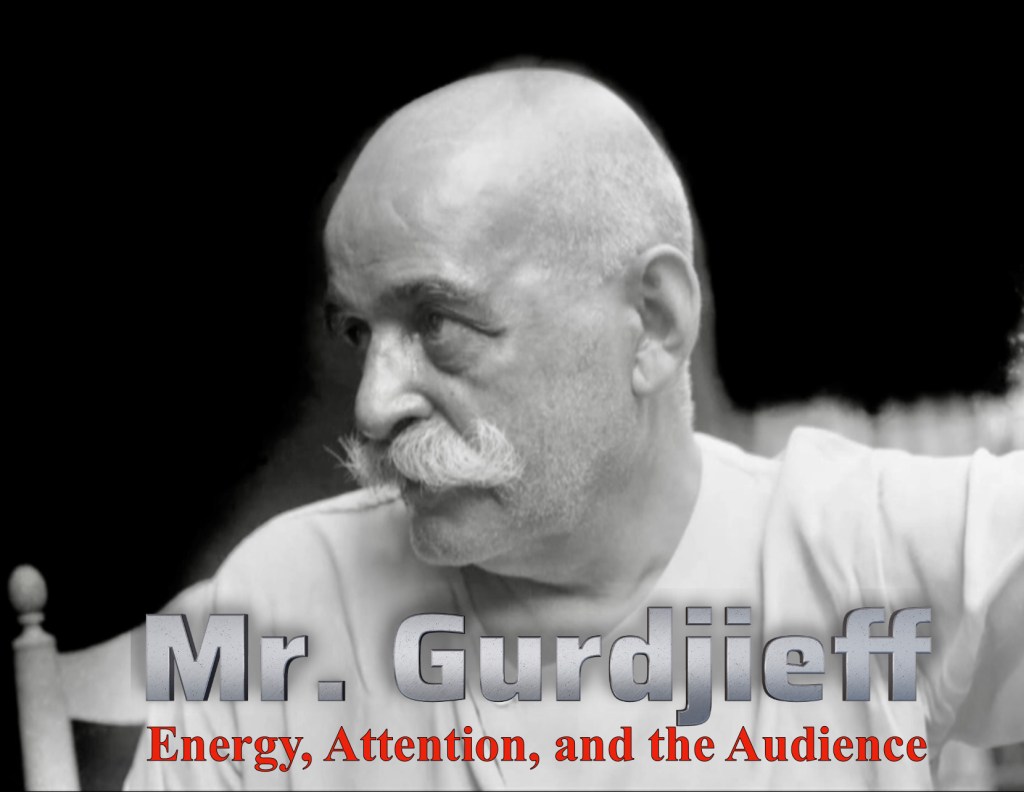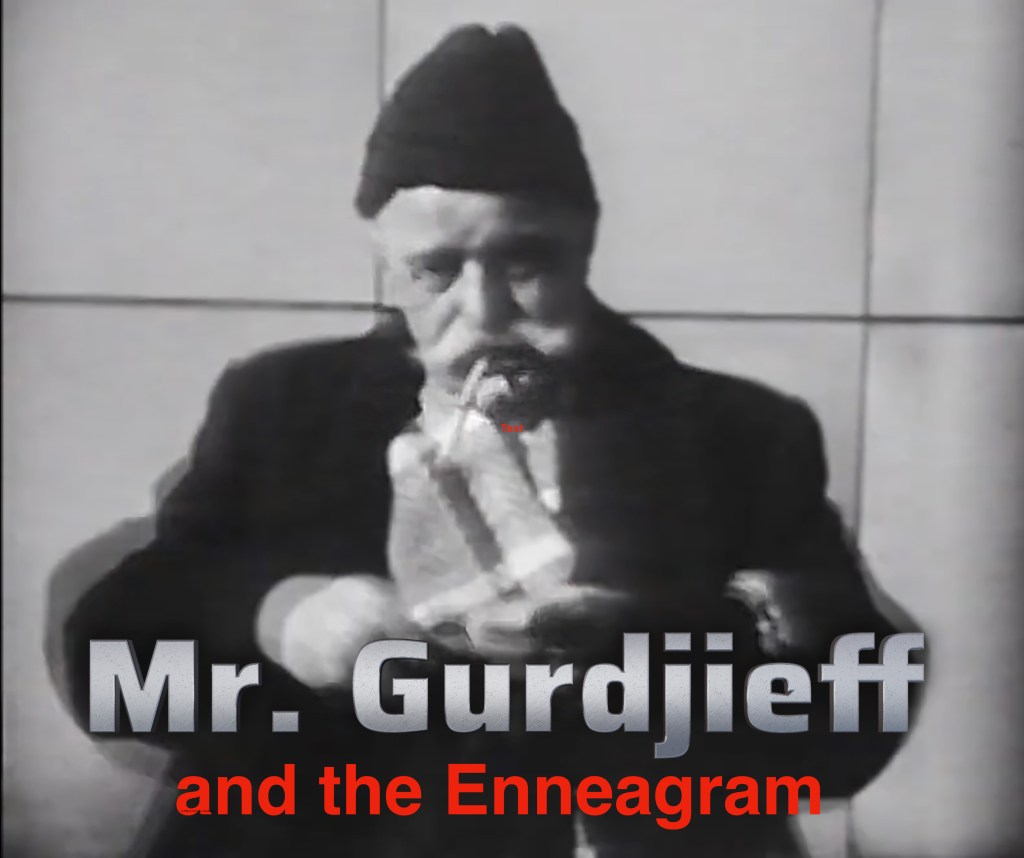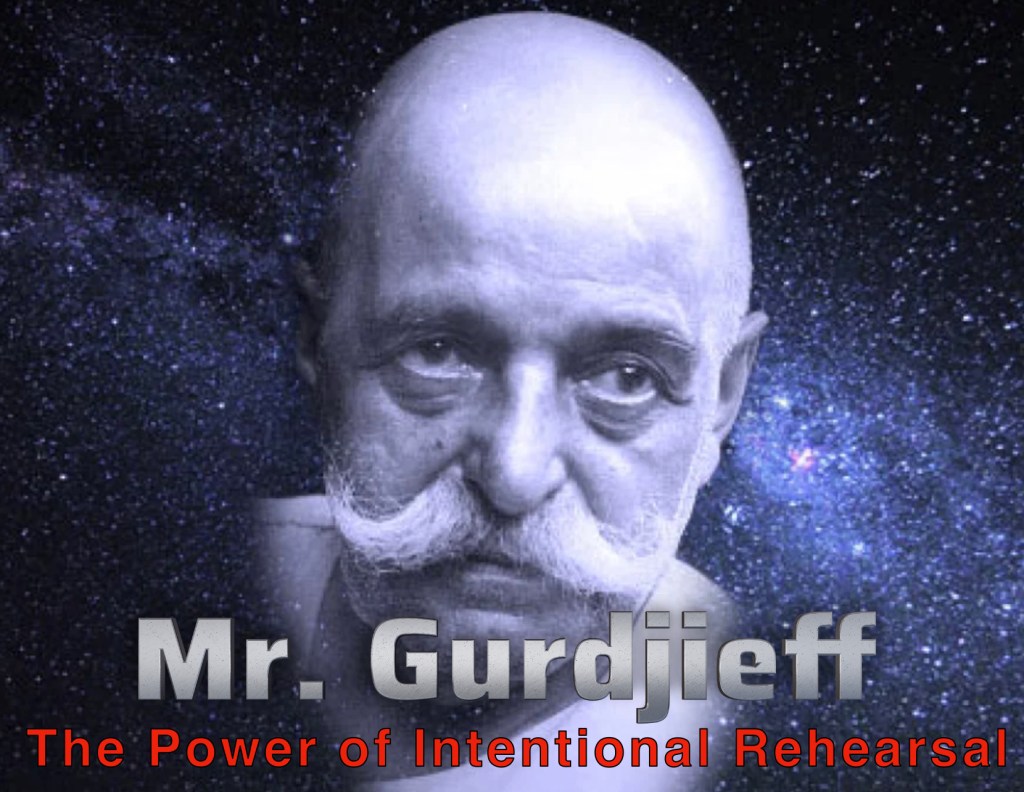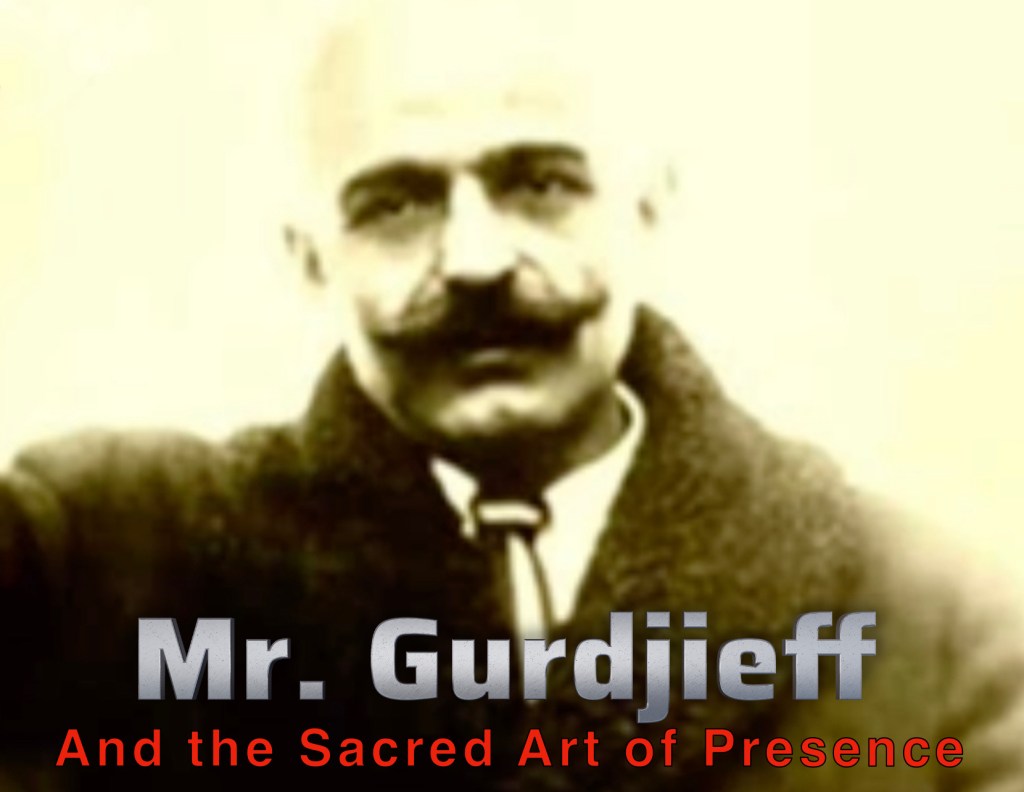To perform magic is to walk a tightrope between illusion and revelation. To study the Fourth Way is to bring that walk inward. Together, they form a path of waking up—in front of others, and within oneself.
Gurdjieff’s teachings offer the magician not just tools for better tricks, but tools for transformation. With presence, intention, and effort, each performance becomes an act of becoming.
That is the real Work. That is the real magic.
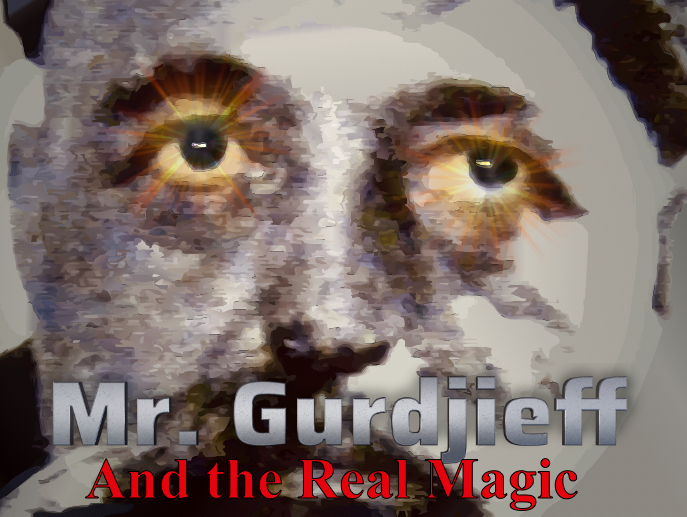
It has been a pleasure to write this series of thoughts about Mr. Gurdjieff and the way his ideas might affect magicians. Mr. Gurdjieff traveled with a large group of followers across Europe to escape the Russian Revolution. Along the way he performed both hypnosis and magic shows to fund the group. The premise of his magic & mentalism show that some of the effects were real and some were not. The audience’s job was to tell one from the other.
These posts just scratch the surface of Mr. Gurdjieff’s ideas. I have been studying his work for nearly 50 years and still find powerful new thoughts and insights. If you are interested in studying his work the best place to start is In Search of the Miraculous by PD Ouspensky. If you want to read about Mr. Gurdjieff’s travels, check out his “somewhat” autobiography, Meetings With Remarkable Men. It is not quite as simple and direct as it appears however!

